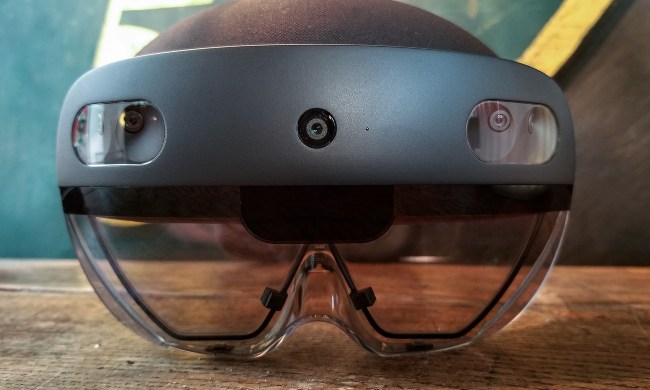One of the biggest issues with dealing with wildfires is that both the fires themselves, and the teams combating them, can be hard to keep track of. With thousands of acres potentially alight or at risk and hundreds or even thousands of people helping to put the flames out, tracking all the activity can become disorientating, adding to the inherent danger that firefighters face.
Boeing’s system is designed to reduce those risks by utilizing tracking and camera feeds from the unmanned drones and holograms in augmented reality to visualize all of the data in an easy-to-digest manner (thanks NextReality).
The drones are able to use infrared cameras and other sensors to provide a unique, real-time map of a fire’s progress, as well as the location of any teams fighting fires on the ground. Boeing then made its 2D mapping system known as INEXA Control, compatible with Microsoft’s Hololens augmented reality headset. That allows for a 3D map that gives a bird’s-eye view of the situation and even allows for the controlling of drone paths through the software.
One of the big advantages of using AR is that the operators can work in a real-world space with other people around them, making it easy to continue communicating with people, and to continue interacting with other headset users in the same room.
As it stands, the software can only control a handful of drones at a time, but in the future it could handle whole fleets autonomously, or at the behest of a human operator. The hope is that one day these drones will take over the roles of human pilots and will be able to perform missions that would not be possible, or would simply be too dangerous to complete by traditional means.
Boeing plans to leverage this software for all sorts of large-scale reconnaissance work. Other expected applications include monitoring shipping and train loads, and enabling farmers to survey their fields from a real vantage point.



